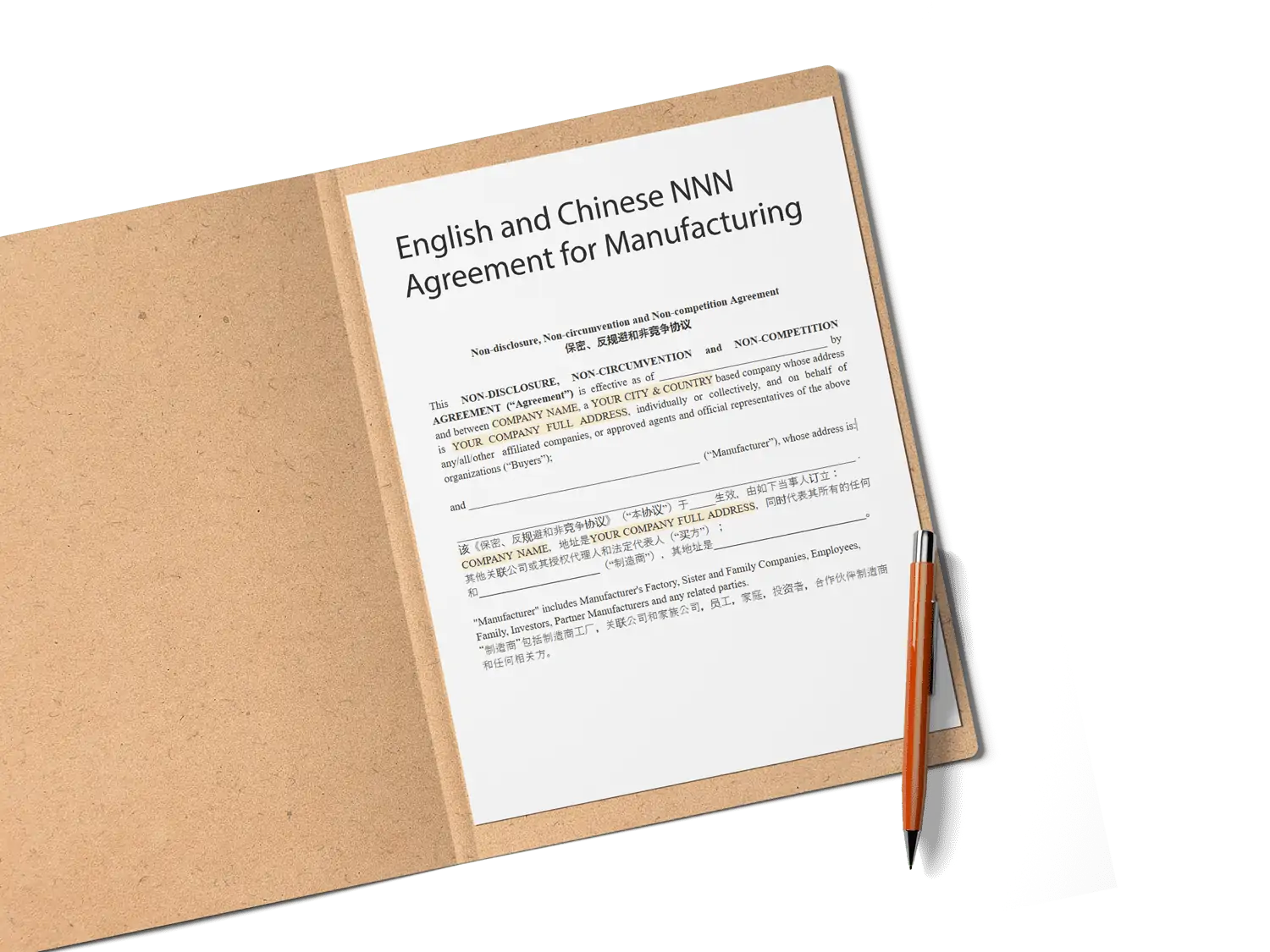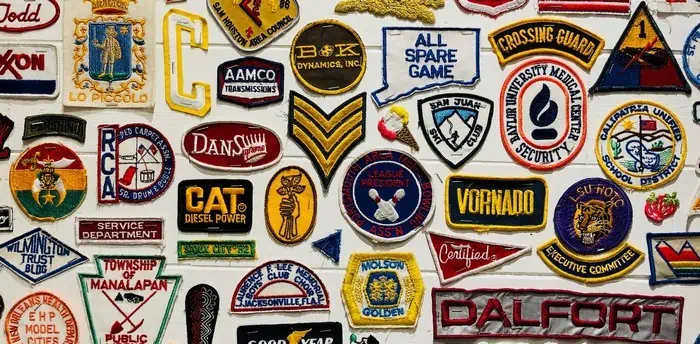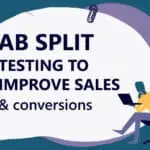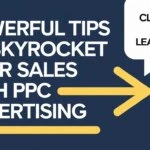Here’s part 1 of this series.
None of this is groundbreaking stuff. But we’ve found that creating even one extra step is enough to deter competitors from trying to copy our products.
What we do to protect our business from China and copycats

Our framework for new products and business is to:
- get signed legal documents in Chinese and English like a NNN, supplier agreements, vendor scorecards
- spend more upfront to create barriers of entry
- over-engineer
- find backup factories we can switch to
- file design and utility patents in the US and China
- create culture related items that China won’t catch onto quickly
- leverage established brands
You’d think we would learn our lessons after receiving a bad shipment with 100% defective units.
Not so.
We made the same mistake 2 more times for a total of 30,000 defective units.
Many suppliers are great to deal with. The quality and standards have improved greatly over the years, but you still come across enough bad apples to stay cautious
I’ll take you in more detail through each of the steps outlined above.
Legal documents

One of the areas we neglected was getting legal documents signed.
“Guangxi” (building relationships and goodwill) was how we did it with our initial suppliers. No official documents, no details of what each party would be responsible if something were to happen.
Came back to bite us as the first supplier blamed us for all the defective units.
We were at fault for sure…. for trusting their word.
Get a Chinese English NNN signed

As we manufacture unique products with our designs and mechanisms, we now implement a legal process where we get manufacturers to sign a Chinese and English NNN (Non-Disclosure, Non-Compete, Non-Circumvent) before we disclose anything.
Getting a high ranking person to sign the document or get the company seal on it. Not the sales rep’s signature who holds no responsibility. Getting the owner to sign is the best think you can do to protect your business and ideas.
What we’ve found is that the good and honest manufacturers keep it simple and will comply. It’s nothing new or wrong for them. They also see that:
- you are serious
- they go through the document, ask questions and want to negotiate on clauses
- they sign and return the doc with minimal fuss
The bad ones are easy to identify.
The bad manufacturers:
- make a big deal out of it and say all the buzzwords like we’ll never do this and that
- they take a long time to sign or make it look like they forgot about it
- if it is signed, an entry level sales rep is the signer which is useless
Get a Chinese English manufacturing agreement signed

If we find a good manufacturer and the project continues to move along smoothly and we get to the point of wanting to manufacture with the supplier, we then send over a manufacturing agreement which details all the different clauses and specifics you’d want to discuss before you start anything.
We use a 9-page document in simple language, stating the terms and conditions in Chinese and English.
Getting a lawyer to draft up agreements is great, but getting the Chinese supplier to go through each draft revision, give feedback, negotiate terms, or even get back to you in a timely manner is going to be a nightmare.
Try to push them with western style contract negotiation and you’ve lost a potential manufacturer. It’s important to remember that manufacturers don’t have law departments like in the US.
This is why having a very simple and easy to understand document that everyone agrees on is critical to having a successful relationship.
With China, the manufacturing relationship is expected to be a lot like a marriage, where if troubles come up, it is expected that you’d work through it together.
Compare that to the western culture where if you receive a shipment of defective items, you sue, or get money back somehow and then the business relationship is called off.
If you are a lawyer reading this, keep in mind that I am speaking from a practical viewpoint of being in the trenches. 9 out of 10 people who run an Amazon FBA business do not generate $100M in revenue where a contract scrutinizing every word is vital.
For the majority of people, using common sense, putting guardrails in place and doing business is what is needed.
Spending more upfront to create entry barriers

One common theme of copycats is speed over quality and investment. They will try to make a cheaper, crappier version as quick as possible with short-term profit as a goal.
Our first hit product that was copied from head to toe came out in 2 months after we launched.
The copied version was thin and flimsy, used cheap materials, but sold at 30% of our price. Despite what consumers say about wanting “quality” or “made in USA”, the wallet does the talking and people wanted cheap first and foremost.
We now invest a little more upfront to make it harder to copy.
For example, if we were making pots, we’d spend a little extra to create a unique handle or lid that would require a new mold. We’ll make this feature pop in our sales pages so that buyers can see how it is different and unique.
We never sell OEM or straight private label.
Aiming for ODM products works for us because we follow the first step of finding a trustworthy supplier and getting documents signed to protect our product.
This way, if a copycat were to buy our product and ship it to China to copy, they will have to invest in a new mold themselves.
With our first product that got copied, we found that the manufacturer did not maintain the mold in their facility. It was held at a 3rd party mold company and our mold was being shopped around to other manufacturers for other copycats to use.
Over-engineer the product

Until the early ’90s, German cars would last forever.
They over-engineered their engines and cars so that it was built to last – like a tank. Nowadays, everything has been peeled back in order to save cost and that’s why many German luxury brands have bad reliability.
We purposely try to over-engineer where it makes sense to focus on quality, durability and to make customers super proud and pleased with their purchase.
We have not heard a single customer complain our products lasted too long.
The downside is that our customers won’t buy from us that often. But this has helped us to get plenty of word of mouth referral business.
Because we also try to apply special manufacturing techniques and materials, it makes it cost prohibitive for cheap copycats to steal our show. They would have to first find our manufacturer, come up with a variant of our design and then order enough volume for their cost to come down to where we are.
Cheap versions of anything will always surface. We just don’t want cheap and fake versions being listed on our listings.
So far, this strategy has also helped us as we are able to thrive in a competitive category as the Chinese just cannot copy it.
Find backup manufacturers
We’ve experienced China’s “quality fade” on so many occasions.
This is where the quality will gradually degrade over time. Manufacturers are all head over heels with new business, but they will start to find new ways to shave cost in order to increase their margin while you believe it is the same product.
If you sold a bag of 1,000 gummy bears, the manufacturer may slowly reduce the quantity from 1,000 to 998 to 990 until a buyer counts it and leaves a scathing 1 star review.
This happened to us again just a few months ago.
Luckily, we went directly to the factory to inspect and monitor as it was a brand new product series.
We caught them red-handed and we got the factory to redo it 3 times. They throw their hands up in the air and say how unfair we are or how strict we have become.
Bad manufacturers don’t understand that it is always cheaper to make it properly the first time. Instead they cut corners, then claim your quality standards are too high and will raise prices on your.
I show them the original approved samples but they still make excuses.
Luckily, we had sourced a backup factory from a trade show we visited in Chicago.
Side note: the good and legit manufacturers also attend US trade shows. Easiest way to find good suppliers.
With this leverage, we informed our current factory they have 1 final chance. Screw it up any further and they lose every current and future business.
They got the message, but in our next order, they screwed it up again and so we are switching everything over to the new manufacturer.
Keep this rule in mind.
Don’t believe what manufacturers say and only believe half of what you see.
Design and utility patents
Most of our products now has a design or utility patent. You’d be surprised at what you can patent.
My initial mistake was thinking that patents were expensive, took forever and had to be totally unique and never done before.
Nope.
My patent guy was quick to point out that every invention is an improvement of something else. Rarely do you see something that’s never been done before.
Some claims will be rejected if it’s not a clear improvement over an existing solution. But isn’t difficult to come up with a unique design or mechanical aspect to patent.
To date, we have 6 patents issued that cover a wide range of our products.
At first, I thought design patents were weak and a waste of money. But if I can protect a product from being copied for $500, my question will always be “where do I sign?”.
Although design patents can easily be maneuvered around, it can help to delay copycats or used to scare them off. Amazon doesn’t care about protecting your products, so it helps to ward off potential copycats.
It also makes business life much easier.
I don’t have to constantly look over my shoulder and see who is copying our stuff. I can focus on coming up with new products, developing, testing and improving our processes. Not getting stuck in the weeds of having to send messages back and forth with seller support.
Using a patent lawyer will set you back at a minimum of $1,000. But filing a patent does not have to break your budget.
see many people try to save a few cents by using Google Patents. If you know exactly what do and how wide you need to search, go for it. But I advise against it, even for seasoned sellers.
The reason is that patents are not “binary”. What I mean is, a patent won’t be issued just because your exact design doesn’t exist.
If there are different inventions along similar concepts or ideas, classified under different terms and names, your patent will not be issued.
This is the hard part that most folks miss out.
Let’s say I’ve designed a yoga mat. I obviously can’t patent a yoga mat. But what if I created a built-in strap and bag into the yoga mat.
The built-in strap part likely won’t be patentable because the patent officer could believe it’s a natural extension of the yoga mat. So that one has a high chance of getting denied.
But what about a built-in bag? Not a separate yoga bag, but one that is directly attached to it.
There’s a good chance this is possible, but to make sure, I’d have to dig deep into the patent office to make sure there is nothing like that.
This is where you’d have to search and go through the patents of things like a foldable poncho, foldable tote bag, foldable jacket etc and make a case that there is no such thing as a built-in foldable bag in the yoga category.
And so far, we have a 100% success rate.
If you can afford a lawyer, that’s great, but if you can’t, for a few hundred dollars, you can find a patent agent with extensive experience to do all the legwork for you from detailed searches to recommendations, to submissions and follow-ups.
Using a patent agent should be a flat fee of around $150-$250 for detailed searches and $300-$550 for patent submissions depending on the complexity.
Recently we also started filing patents in China. The process is just as simple. There are plenty of patent agents in China who will guide you through the entire process, from choosing a Chinese name for yourself and your company, what documents to provide, what to sign and so on.
Or you can contact us and we’ll get your patents filed and submitted on your behalf hassle and worry free.
Because China is a first to file system, the quicker you can submit a patent, the better.
Why do you need a patent in China?
No one will be able to make and sell your products in China. There is the issue of having to go after infringers, but placing protection around your ideas in China comes out on top if you ask me.
If you end up ordering 10,000 units and spend $1,000 on patents, it’s an extra $0.10 per unit for the initial order. But it’s also an asset and will pay for itself 10x.
For that extra $0.10, we get:
- peace of mind (not 100%, but still..)
- scare away competition
- can put “patent pending” or “patented” on our listing and product
A small upfront investment can yield huge ROI in intangibles for long-term business.
Create culture related items
I’ll explain this with a story.
It was the middle of summer and we made a trip to China for an inspection. It’s hot and humid where our supplier is. We are working out of this empty, dusty warehouse and ask for some cold water.
The person comes back with a kettle.
A kettle of hot water.
It’s 90-100 degrees F (32-37 Celsius) with humidity at 95%. I’m literally a walking fountain because I’m dripping in sweat.
But the Chinese believe that drinking cold water is unhealthy. It creates an imbalance between your body temperature and outside temperature.
Now if I were to sell ice cold water bottles in China, I’ll go bankrupt. It’s not a cultural fit.
In order to stay ahead of China, creating items that Chinese people don’t understand gives you a head start on the competition.
Oh sure, they will create imitations, but if they don’t understand what they are making and why, quality will be poor and reviews will be bad.
Poo-Pourri is an example. It’s a toilet spray to deodorize and hide your poo smell.
I have yet to see a single Chinese seller make their own version.
Mainly because:
- the Chinese are very weak with formulation
- they won’t have proper SDS documents that meet US OSHA requirements
- they don’t understand why Americans would want such a thing
If you can find or create products that are outside of China culturally, you have a great chance of succeeding without getting sabotaged or flooded with copies and fakes.
Leverage established brands

Probably one of the easiest ways to beat the competition is an old strategy, but still a very good one.
The truth is unless you are spending millions on advertising or getting millions of visits to your site a month, you don’t have a brand.
However, if you can get a reseller or wholesale account with a real brand and manufacturer and create bundles, it gives your product instant cred.
Think about it.
If you are able to package your product with a well-known product, the consumer will associate your product with the big brand.
My wife just purchased a couple of fitness trackers. But let’s say she sells bands for fitness trackers.
And after networking at trade shows, she manages to become a reseller of Fitbit.
But instead of just selling a single Fitbit, she offers 2 or 3 wristbands the consumer can choose to customize.
The Fitbit example isn’t a great one, but you get the point. It doesn’t have to be a huge name. Just a well known one from within your industry.
Our #1 best seller is actually directly based on this tactic.
Because the name is already recognizable, our ACoS for this product is our lowest. So we get volume and spend less because the marketing has already been done for us.
The great thing?
- China can’t get these branded products because they are overseas
- Newbie sellers focus on what their scouting software tells them to do
So there you have it. There’s nothing groundbreaking here.
Just a lot of hard work but it gets easier and quicker as you do more.
Well worth it in the end.
Comments
Related Posts
Mastering Shopify’s UTMs: The Simple Way to Smarter Marketing
Let’s be honest: marketing your Shopify store without tracking what’s…

10 Profitable Product Categories for Amazon Affiliates 2025
What you’ll learn Amazon is a favorite for experienced and…

Unlock the Secret to a Profitable Automated Amazon Store: How to Build a Hands-Free Income Stream
Ever dreamed of running a profitable Amazon business while sipping…





Leave a Reply